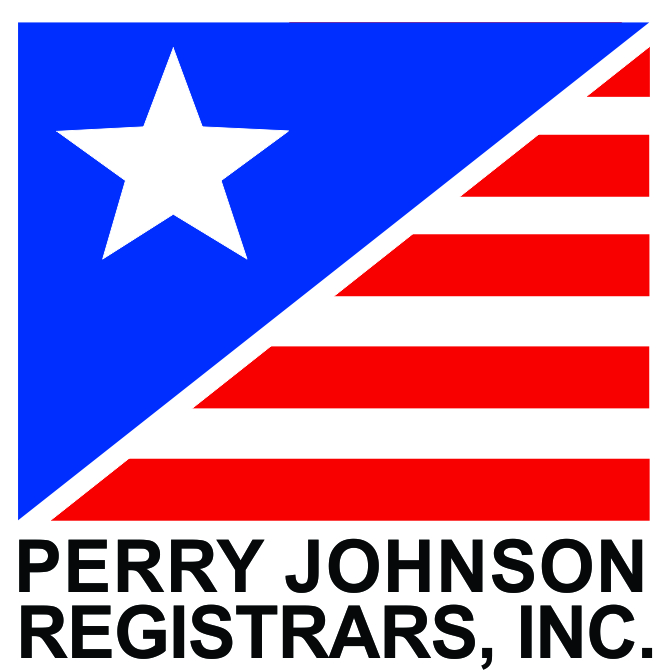Background
For soldering, flux is often needed to remove oxidation and promote wetting between the molten solder and the surface to be bonded. But not here at IJ Research. We call the process fluxless soldering. This technique can be used with all solders regardless of the soldering temperature or material.
Soldering is similar to brazing as a metallurgical wetting process. Wetting occurs when there is sufficient thermal energy and no oxidation on the solder or mating surfaces. Most metals, except for precious ones, are not stable and naturally form a layer of surface oxidation. This is why it is common practice to place a gold flash over nickel plating. Alternatively, storing parts and consumable materials in an oxygen free (nitrogen purged) works and supports the principle requirement for the fluxless soldering.
Applications for Fluxless Soldering
Fluxless soldering is best applied when these two conditions must be met.
1. Assemblies where trace residues of flux is unacceptable. For example, optical window cap assemblies for high vacuum applications, sensitive corrosion resistance devices, and medical implants.
2. The sealing temperature must be below 450C which prevents the use of traditional brazes. For example, Ge and ZnS windows, high CTE mismatch assemblies, and parts made from precipitation hardened alloys that are affected by high temperature brazing.
Solutions for Common Issues
One of the key requirements for fluxless soldering is surface prep for both sealing surfaces. If not metallized, plated, or cleaned properly, subsequent soldering will delaminate, often times taking the metallization with it. IJ Research has proprietary techniques to achieve strong metallization on practically all traditionally difficult to metallize substrates (Quartz, ZnS, Ge, AlN, Al). Often, our in-house processes are so effective, we are able to skip Au top coats which mitigate Au leaching and embrittlement of solders.
Please contact IJ Research using 1-714-546-8522 or info@ijresearch.plesk.tms.thomasnet.io.

 Please click for a PDF copy of the brochures,
Please click for a PDF copy of the brochures,